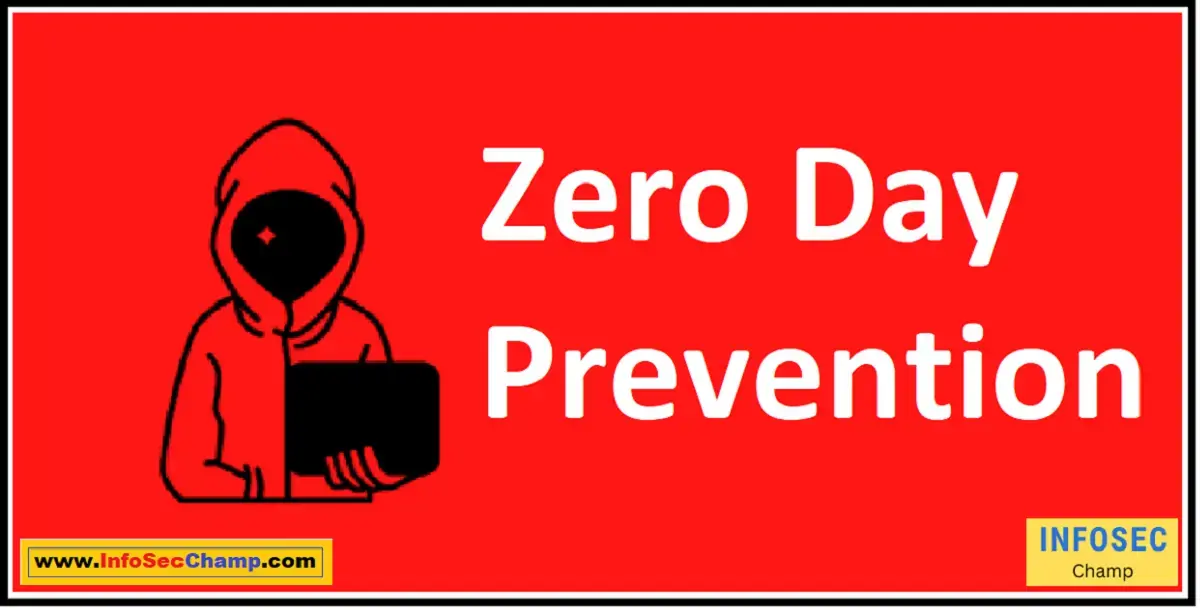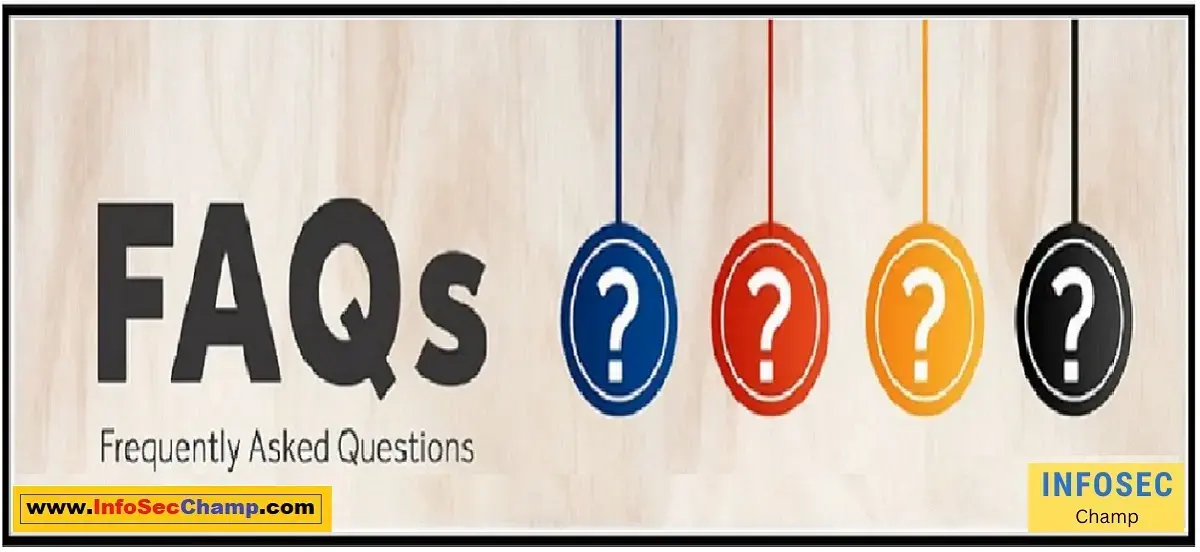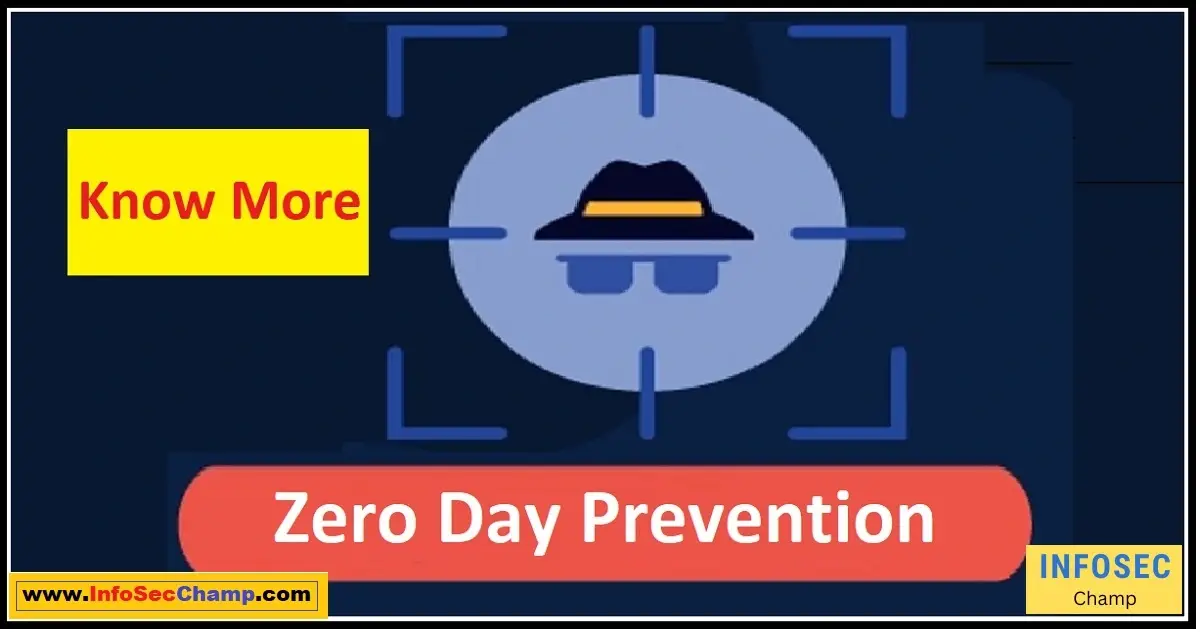Hackers Beware: X-Force gives Zero Day Prevention In Its Tracks With This Genius Move; Attention all cybercriminals, your days are numbered thanks to the brilliant minds behind X-Force’s latest security triumph. The team has outsmarted another potential zero-day attack, leaving hackers scrambling to find a new vulnerability to exploit. But what exactly did they do to prevent this dangerous threat from infiltrating systems everywhere?
Find out as we delve into the details of X-Force’s success and unravel the mystery behind its ingenious move. If you’re looking for a foolproof way to protect your network and thwart cyberattacks, then look no further than X-Force’s latest victory. Stay one step ahead of the game with this groundbreaking breakthrough in cybersecurity.”
The Importance of Zero-Day Prevention
Why Prioritizing Zero-Day Prevention Is Crucial To Your Cybersecurity Strategy
Why is it important to focus on zero-day prevention in cybersecurity?
Zero-day attacks are becoming more common and sophisticated, making it more difficult to detect and defend against them. These types of attacks exploit unknown vulnerabilities, which means they are not detectable by traditional antivirus software or security protocols.
- Protects against emerging threats: By prioritizing zero-day prevention, you can protect against the most recent and cutting-edge dangers before they can impact your company. Zero-day assaults are routinely used by hackers to infiltrate systems and steal data.
- Minimize damage: Zero-day assaults are frequently used to start other types of attacks, such as ransomware or data exfiltration. By blocking these types of attacks, you can avoid the serious financial and reputational harm that can come from a successful breach.
- Minimize damage: Zero-day assaults are frequently used to start other types of attacks, such as ransomware or data exfiltration. By blocking these types of attacks, you can avoid the serious financial and reputational harm that can come from a successful breach.
- Maintains trust: Prioritizing zero-day prevention shows that your firm is proactive and attentive in protecting its sensitive data and assets, which helps to maintain trust with clients, partners, and stakeholders.
- Maintains trust: Prioritizing zero-day prevention shows that your firm is proactive and attentive in protecting its sensitive data and assets, which helps to maintain trust with clients, partners, and stakeholders.
- Saves time and resources: Prioritizing zero-day prevention helps prevent these types of attacks in the first place, saving time and resources that can be better used on other business goals. Reacting to a successful cyber assault can be very time-consuming and expensive.
How X-Force Investigated and Mitigated the Threat
The X-Force team is a committed team of security researchers who look into and reduce risks to enterprises all over the world. To identify vulnerabilities, evaluate risks, and suggest best practices to strengthen security posture, they integrate threat intelligence, data analysis, and sector experience.
Here are some significant methods that X-Force looked into and reduced the threat:
- Conducted comprehensive threat analysis: X-Force looked at the danger from a variety of perspectives, including the attacker’s motivation, strategies, and tactics. They made use of their vast network of threat intelligence, which gathers information from a variety of sources, including social media, the dark web, and honeypots. X-Force was able to pinpoint the threat’s origin and potential effects by fusing this information with their knowledge.
- Used advanced data analytics: Used cutting-edge analytics techniques to find hidden patterns and trends in the threat data. X-Force used these tools. They classified and prioritized the danger using machine learning algorithms based on its seriousness, likelihood, and impact. This enabled the X-Force team to concentrate on the most important dangers and give clients the advice they could put into practice.
- Collaborated with industry experts: X-Force has a sizable network of security specialists from a variety of sectors, including healthcare, finance, and retail. They work together with these professionals to exchange best practices and obtain knowledge about the most recent risks. This partnership makes sure that X-Force is always aware of the most recent risks and can give clients advice that is pertinent and timely.
- Implemented proactive measures: X-Force collaborated with clients to put proactive measures into place to ward off threats in the future. This involved locating and patching vulnerabilities, putting in place security measures, and training staff members to spot and report unusual activities. By being proactive, X-Force assisted clients in lowering risk and enhancing security posture.
- Monitored threat activities: When a new threat materialized, X-Force immediately alerted clients and continued to monitor threat actions. They also carried out post-incident investigations to determine how the threat entered the client’s network and what could be done to stop a similar assault in the future. This assisted clients in staying ahead of the constantly shifting threat landscape.
Leveraging Threat Intelligence to Defend Against Zero-Day Attacks
Threat intelligence has become a vital tool for enterprises wanting to secure their networks as the pace of zero-day assaults keeps rising. Here’s how using threat information may assist fight against these kinds of attacks:
- Anticipate attacks before they occur: Threat intelligence can provide insights into new attack vectors and adversaries’ tactics, methods, and procedures (TTPs), allowing businesses to anticipate and get ready for attacks before they happen.
- Enhance vulnerability management: Organizations can prioritize and deal with the most important threats that pose the greatest dangers to their systems by fusing threat intelligence with information from vulnerability assessments.
- Accelerate incident response: Quickly assess the severity and impact of attacks and provide context to incident response teams to enable quick and efficient responses. Threat intelligence can assist enterprises in doing this.
- Improve threat detection: Organizations may identify and respond to zero-day attacks in real time before they cause any substantial harm by utilizing real-time threat intelligence feeds and integrating them with security analytics tools.
- Stay informed of emerging threats: Threat intelligence keeps businesses informed about the most recent dangers and weaknesses, providing them have the knowledge and tools they need to counter new and evolving attack vectors.
In summary, in today’s rapidly evolving threat landscape, leveraging threat intelligence is critical to defending against zero-day attacks. By anticipating and mitigating potential attacks before they happen, prioritizing vulnerabilities, accelerating incident response, improving threat detection, and staying informed of emerging threats, organizations can better protect their assets and mitigate risks.

The Role of Multi-Layered Security in Zero Day Prevention
Multi-layered security plays a critical role in zero-day prevention, safeguarding a network, data, and systems against unknown or recently found attacks. One of the hardest dangers to stop is a zero-day assault, which is an exploit that takes advantage of a software vulnerability before a patch or update is accessible or even known.
Multi-layered security is essential for the following reasons:
- Comprehensive coverage: Multi-layered security strengthens an organization’s security posture by combining technologies including firewalls, intrusion prevention systems, antivirus software, and network segmentation. Each layer offers distinct visibility and protection, ensuring that the entire infrastructure is efficiently protected.
- Early detection: With multi-layered protection, attacks can be discovered earlier in the kill chain. This is so that each layer of protection can recognize and react to a particular threat. Early identification enables security teams to take action before the threat spreads, reducing the effect and potential harm.
- Reduced attack surface: By deploying multi-layered security, an organization can lower its attack surface. For instance, network segmentation reduces the number of sensitive resources exposed to the internet, making it harder for hackers to take advantage of security holes.
- Proactive protection: To proactively defend against new and emerging threats, multi-layered security solutions frequently make use of threat intelligence feeds and machine learning algorithms. This guarantees that a company can remain ahead of developing zero-day vulnerabilities before they are exploited.
To prevent zero-day vulnerabilities, multi-layered security measures must be implemented. The advantages of thorough coverage, early detection, a smaller attack surface, and proactive defense work together to make this a successful method for maintaining the security of the organization’s infrastructure.
Best Practices for Zero Day Prevention & Protection
Zero-Day Prevention & Protection – Best Practices to Follow
It is crucial to implement best practices that reduce the risk of zero-day attacks. Here are some best practices you should follow for zero-day prevention and protection. As technology advances, so do cyber threats.
Zero-day attacks, which exploit unknown vulnerabilities, present a significant challenge to organizations.
- Keep software up to date: To stop hackers from taking advantage of known vulnerabilities, regularly update all software, including operating systems and applications.
- Set up antivirus software: Set up antivirus software that offers a strong defense against zero-day attacks, and make sure the antivirus engines are up to date.
- Implement intrusion prevention systems: IPS can identify and prevent zero-day attacks. Activate IPS, and make sure it’s always updated.
- Implement security policies: Create security policies for your company that address physical and logical security, access control, and data protection. 4. Execute security policies.
- Regularly train employees: Provide security awareness training for staff on a regular basis to make sure they are aware of the hazards and adhere to best practices.
You may reduce the danger of zero-day attacks and maintain the security of your organization by adhering to these best practices.

FAQ
Q: What is a Zero-Day Attack?
A zero-day attack is a kind of cyberattack that makes use of a flaw in hardware, software, or firmware that hasn’t been patched or fixed and was previously unknown.
Q: How Does X-Force Protect Against Zero-Day Vulnerabilities?
A: X-Force works with vendors and the larger security community to discover and handle Zero-Day threats. It also regularly studies and analyses emerging threats and vulnerabilities. It also develops and employs detection and prevention strategies.
Q: What Role Does Threat Intelligence Play in Zero Day Prevention?
A: Threat intelligence is essential to Zero-Day Prevention because it enables security teams to quickly develop and implement countermeasures to limit the risk of Zero-Day assaults, detect and prioritize prospective threats, comprehend their attack techniques, and stay one step ahead of attackers.
Q: Why is Multi-Layered Security Important for Zero-Day Protection?
A: Because it employs a variety of security methods to identify and thwart attacks, multi-layered security is crucial for zero-day protection. This layered approach helps to lower the risk of such attacks by offering overlapping layers of protection. A zero-day attack is an assault that exploits a vulnerability that is unknown to the software vendor.
Q: What are the Best Practices for Preventing Zero-Day Attacks?
A: Using next-generation antivirus software, implementing firewalls and intrusion detection/prevention systems, performing regular security assessments, and educating users on how to recognize and avoid phishing and other social engineering attacks are all best practices for preventing zero-day attacks. In the event of a successful zero-day assault, it is also crucial to have a plan in place for cleanup and incident management.
Q: How can zero-day attacks be prevented?
A: Keeping your software and systems up-to-date, putting in place robust security measures like firewalls and intrusion detection systems, and utilizing behavioral analysis tools to spot abnormal activities can all help prevent zero-day attacks.
Q: Can zero-day attacks be stopped?
A: While zero-day attacks cannot entirely be prevented, there are steps that can be taken to reduce their risk and damaging effects. This entails putting in place strong security measures, educating staff on secure computing techniques, routinely backing up data, and having an incident response strategy in place.
Q: What is zero-day protection?
A: Real-time detection and blocking of unknown threats, such as zero-day attacks, is the practice of zero-day defense. This entails utilizing cutting-edge technology like machine learning, artificial intelligence, and behavioral analysis to identify and stop possible threats before they may cause harm.
Q: What are zero-day methods?
A: Vulnerabilities in software and systems that are unknown to the vendor or developers are referred to as “zero-day methods” by attackers. The development of novel malware, the creation of exploits that take advantage of unforeseen vulnerabilities, and the use of deceptive social engineering techniques to coerce people into downloading or running harmful code are some examples of these techniques.

